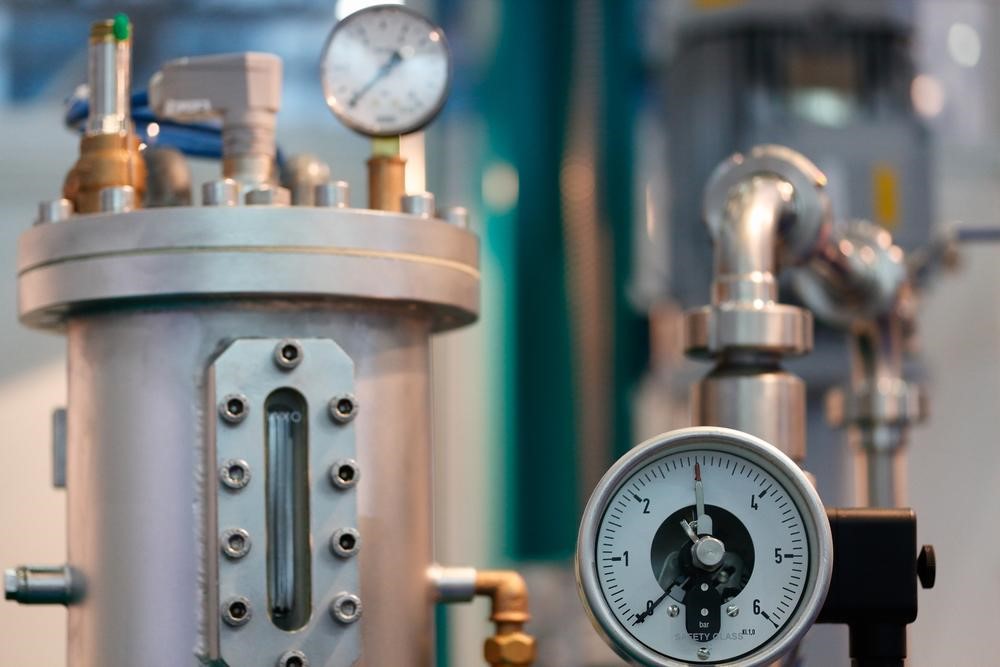Air dryers are a crucial, but often overlooked part of a compressed air system.
Together with the filters, they remove moisture from compressed air to ensure pneumatic tools work efficiently. Without air dryers, air powered tools are sluggish and can suffer premature wear and tear.
But there’s no one fit solution for all applications.
To find the most functional air dryer type for your project, you’ll need to understand all options. All air dryers have the same basic function – to clean air. However, each type works in a slightly different way.
The final choice can impact on whether or not production is achievable. Here’s the rundown on each.
Refrigerated air dryers
For the most cost-effective and commonly used option, refrigerated air dryers are cheaper to set up, operate and maintain. However, they have a minimal dewpoint capacity (a term used to describe the water content in compressed air).
These dryers work by cooling the compressed air until the water vapour is condensed to liquid, which is then drained away.
There are two types of refrigerated air dryers – cycling and non-cycling.
Non-cycling runs continuously, whereas cycling only comes on to cool the cooling fluid and switches off while the cooling fluid dries the compressed air.
Pros:
- Most popular air dryers because they’re the cheapest to own and operate
- Requires minimal maintenance
- Cycling air dryers are energy-efficient
- Highly reliable
- Resistant to airborne oil particles
Cons:
- Whilst more energy-efficient, cycling air dryers require extra maintenance as they have more moving parts
- Doesn’t completely remove moisture and therefore not suitable for water sensitive applications
- Limited dew point suppression
- Refrigerated air dryers are recommended for applications that require a high-performing air dryer. They remove the largest amount of water for the least amount of energy and are usually paired with rotary screw air compressors and any piston air compressor.
Desiccant air dryers
Desiccant air dryers are often referred to as regenerative dryers.
They use desiccant materials, usually activated by alumina or silica gel, to absorb moisture from the air stream. Once the air is dried (either by absorption or adsorption), it’s pushed back out of the machine as clear and completely moisture-free air.
There are two options, heatless and heated desiccant dryers.
Both processes are very similar. However, because heated dryers require more power to operate, they can be more costly. Yet, they use 50% less compressed air. Carefully consider the economics to determine which would be more cost-effective for your specific application.
Pros:
- Most effective dryer for removing moisture
- Low dew points
- Low operating costs
- Simple operation with no moving parts or power
Cons:
- Higher initial costs
- Desiccant materials must be replaced every three to five years
- Proper filtration is crucial as airborne oil particles can damage the dryer
- Desiccant air dryers are useful for water sensitive applications and oil free air compressors, making them ideal for health care industries, food drying and fabric production
Membrane air dryers
Membrane dryers use a dehumidification membrane to remove water vapour from compressed air.
They rely on the membrane materials and pressure differences inside the dryer to pass small water molecules through microscopic pores in the membrane, where larger oxygen and nitrogen molecules can’t pass.
As with desiccant dryers, a small amount of the dry compressed air is used to remove the moisture that has been saturated across the membrane surface.
Pros:
- Small and effective
- No moving parts, offering an economical and reliable solution
- Maintain a constant dew point
- Operate continuously without the need for adjustment or maintenance, other than pre-filter maintenance)
Cons:
- Because they reduce the oxygen content of the air, membrane dryers can’t be used in breathing air applications
- Some models require 15-20% purge air
- These dryers require very little space and no external power to operate, making them useful for remote locations and in industries where explosions are a risk factor
Which option is best for my application?
Liquid water in pneumatic tools is a recipe for disaster.
It can lead to all sorts of costly problems, including corrosion, bacteria growth and component breakdowns.
To eliminate these issues, protect air powered tools and achieve the best result for your next job, contact our qualified staff for more information.




